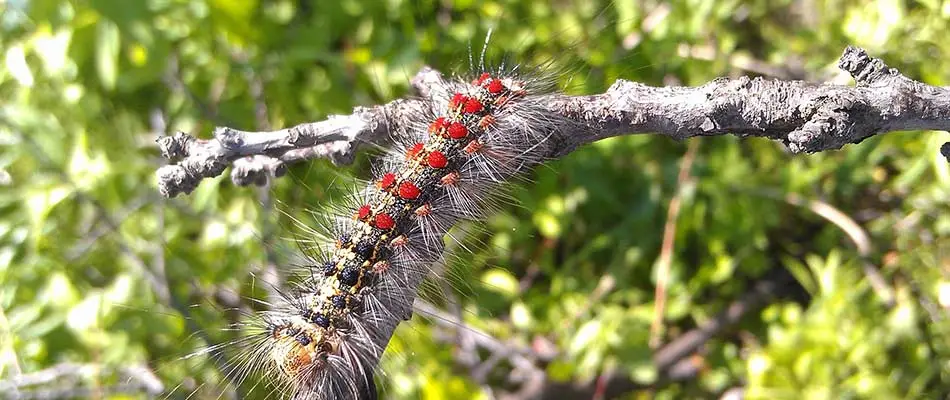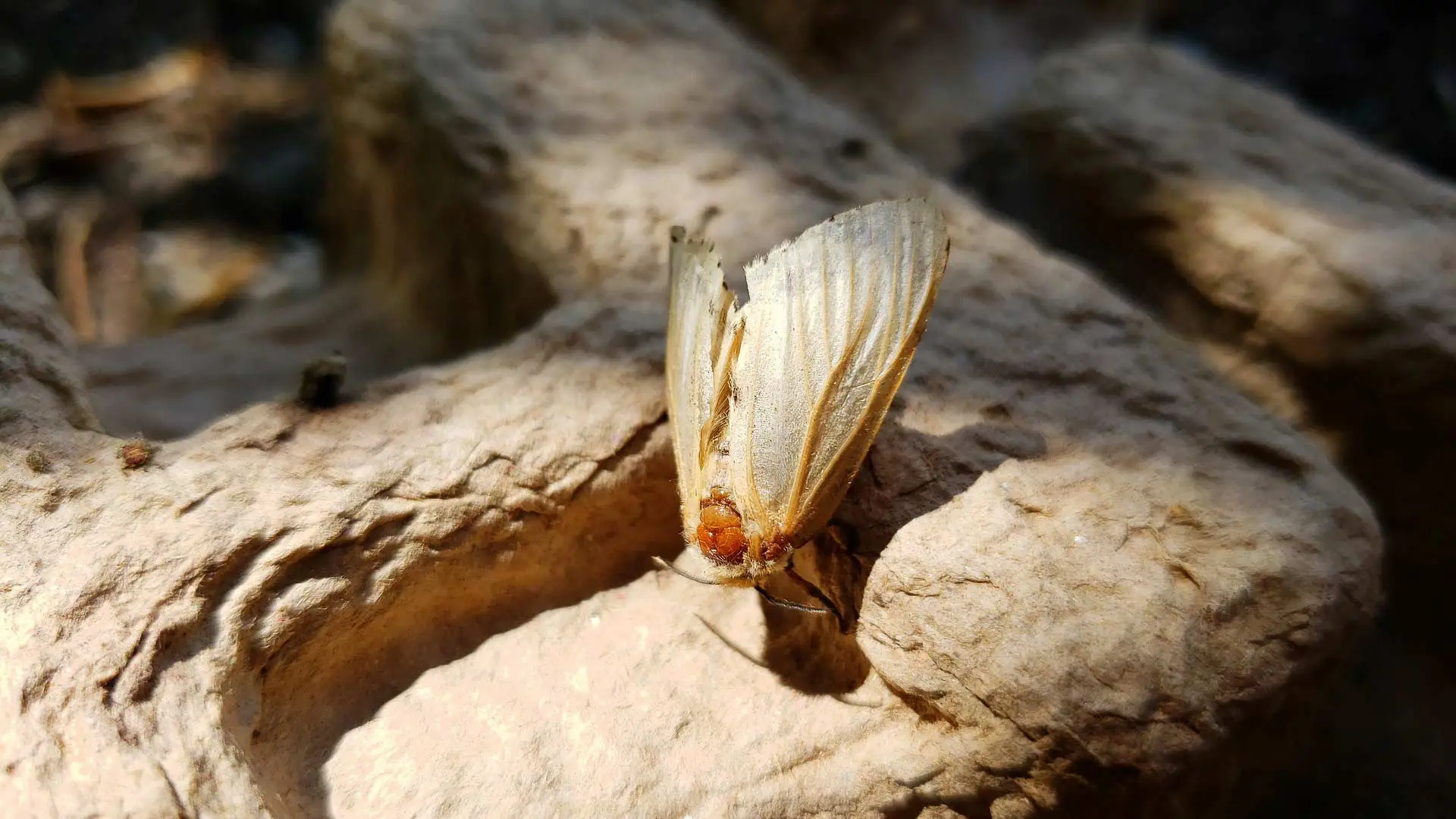Spongy moths are a troublesome pest commonly found in Michigan that can cause extensive damage to your trees if left unchecked. Since many of them are hatching now, it’s important to be aware of what they are and how you should handle them. Before knowing how to deal with them, you need to know more about their life cycle and what they look like at each stage so you can properly identify them. If you notice spongy moths in your trees, you need to contact a professional to get rid of them. A professional will not only be able to eliminate the moths from your trees, but they can also map out a plan with you to either restore your tree or remove it. Read on to learn more about spongy moths, how to identify them, and what you can do if they’re on your property.
The Spongy Moth Life Cycle
Before knowing how to handle spongy moths, it's important to understand their life cycle. Spongy moth eggs will begin hatching between late April to late May. After they hatch, the larvae will climb to the edge of branches and hang from silk threads where they’ll wait for the wind to carry them to a suitable host where they’ll start feeding. They’ll proceed to eat your tree foliage for six to eight weeks. Once they finish feeding, they’ll look for a protected area, like in a small crevice or on the underside of branches, and spin a cocoon. They’ll remain in the cocoon for 10 to 14 days and then emerge as adult spongy moths. The adult moths don’t feed, and they’re only alive for a few days as they mate with one another. The females will then lay egg masses that can contain anywhere from 200 to more than 1,000 eggs.
How to Identify Spongy Moths

It's important to know how to identify spongy moths so that you can stop the damage to your trees as soon as possible. Spongy moth caterpillars can be identified by the pairs of red and blue spots running along their backs, and they’re covered in long, dark hairs. Spongy moths will damage your trees while they're caterpillars. The young larvae will create small holes as they feed on the leaves of your trees, but as they get older, they’re actually capable of eating entire leaves. After the feeding stage of their life cycle, they’ll wrap themselves in reddish-brown cocoons. Once they emerge from their cocoons, you can easily distinguish between males and females. Adult males are brown with dark markings on their wings while females will have white wings with black markings. Also, adult females do not fly. Instead, they’ll remain on your trees, waiting for males to mate with them before they start laying eggs. The egg masses will be tan and covered in a mat of tiny hairs.
What to do if You Find Spongy Moths
If you find that your trees are infested with spongy moths, then contact a professional to treat them with insecticides. This will help control the population and limit the amount of damage they can do. Afterward, the professional will be able to assess the damage done and recommend whether you should nurse your tree back to health or remove it. If you want to help limit spongy moth damage in the future, then you can supply your trees with regular fertilizer treatments. Those extra nutrients will boost your tree’s resistance to insect damage, and they can also help your trees recover faster.
Insecticides are best applied in May and June while spongy moth caterpillars are still young!
Are spongy moths damaging your trees? Call us!
Spongy moth season is here, and it’s best to be prepared for them. At Outdoor Expressions Landscaping, we can help you deal with spongy moths and even help nurse your trees back to health! We service commercial, HOA, and residential properties in East Lansing, MI, and surrounding cities like Okemos and Haslett. Call us today at (517) 333-7999!




Comments (0)
Thanks for your comment!
Thanks for your feedback! Your comments have been successfully submitted! Please note, all comments require admin approval prior to display.
Error submitting comment!
There is a problem with your comment, please see below and try again.